In in-person interviews, rapport is naturally built between two people through non-verbal cues like proxemics, eye contact, and body language, which are indicative of your interpersonal skills
In virtual interviews, non verbal cues are inaccessible and candidates have to overcompensate by relying heavily on verbal communication, which can make the conversation feel stiff or overly formal. Resulting in rejections despite the match in skills.
Meet elevate.ai
Your personal AI to create a tailored practice and get instant real time feedback on your non verbal cues
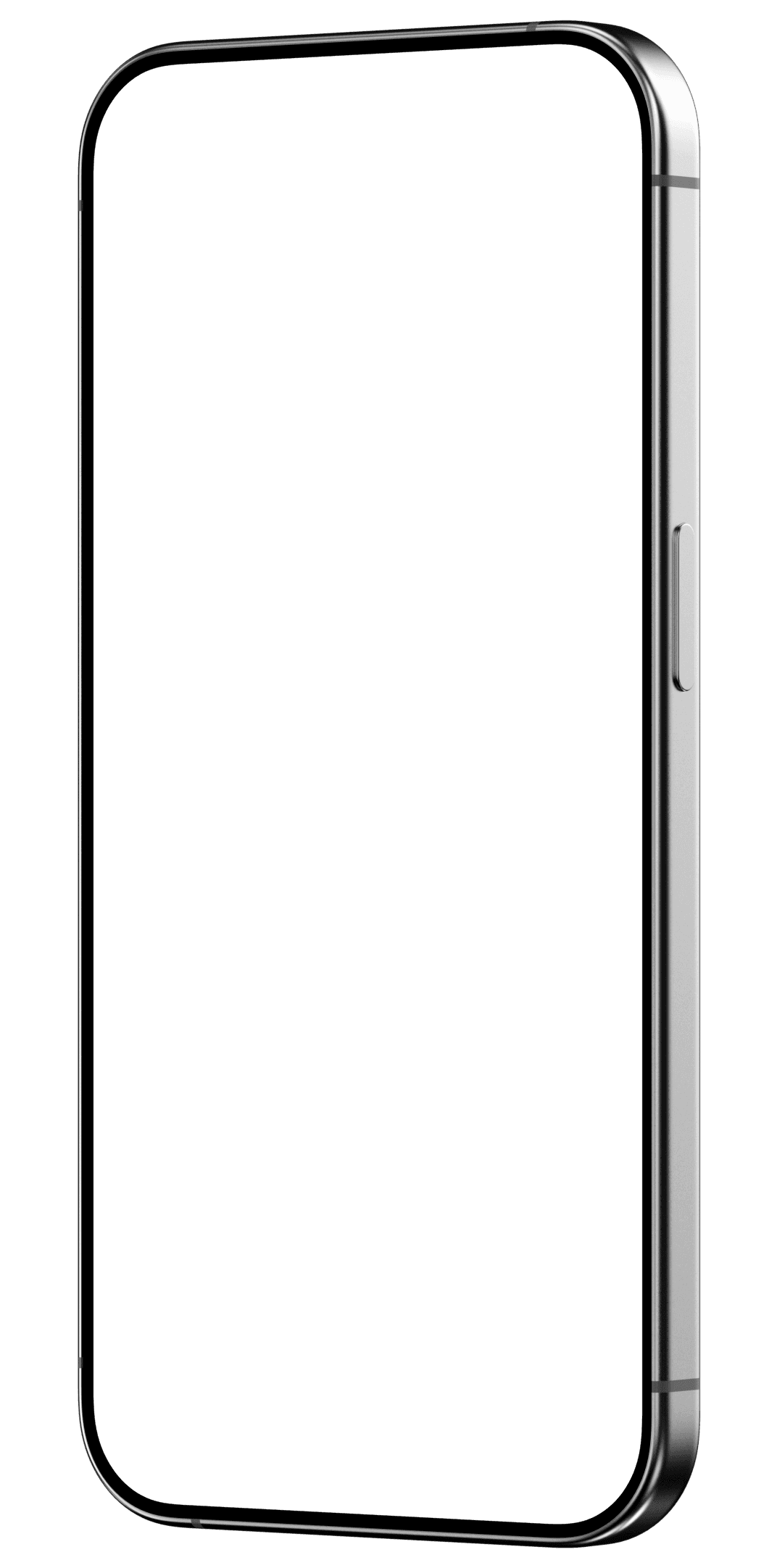
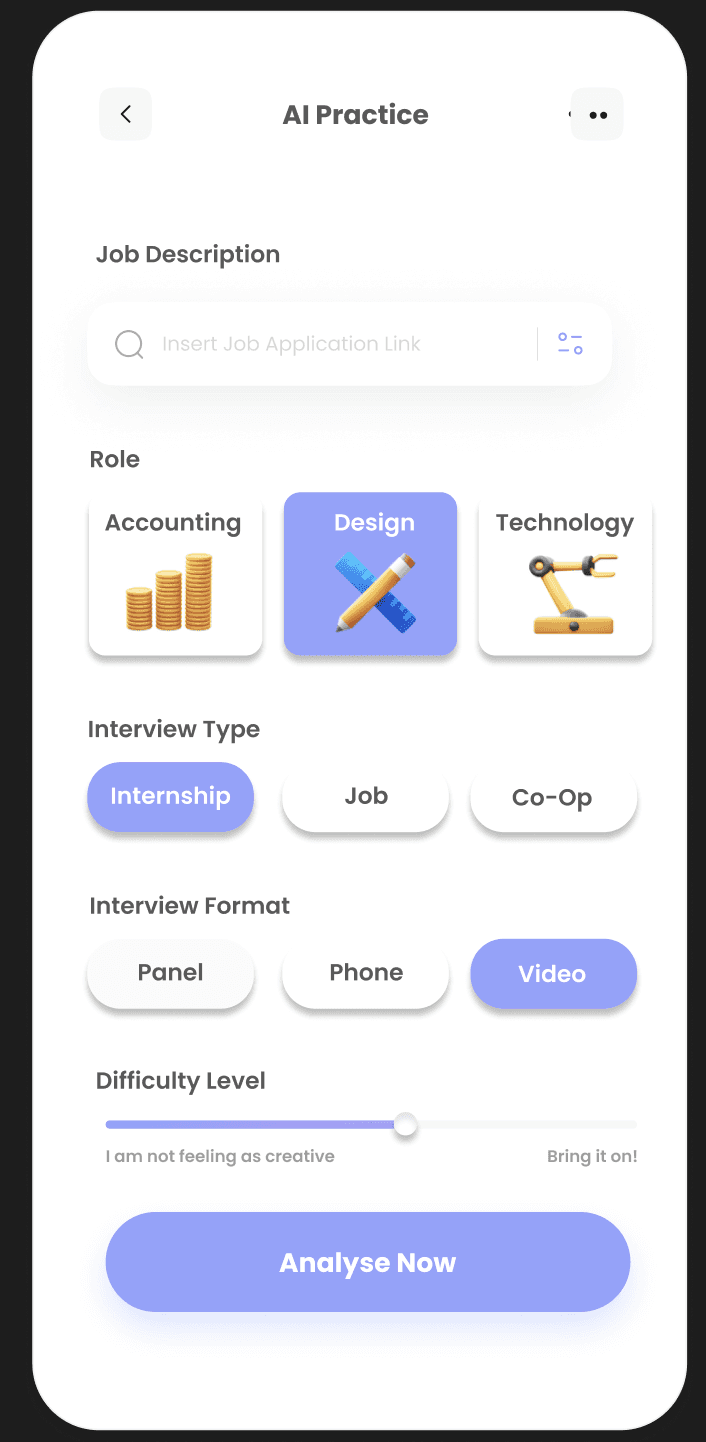
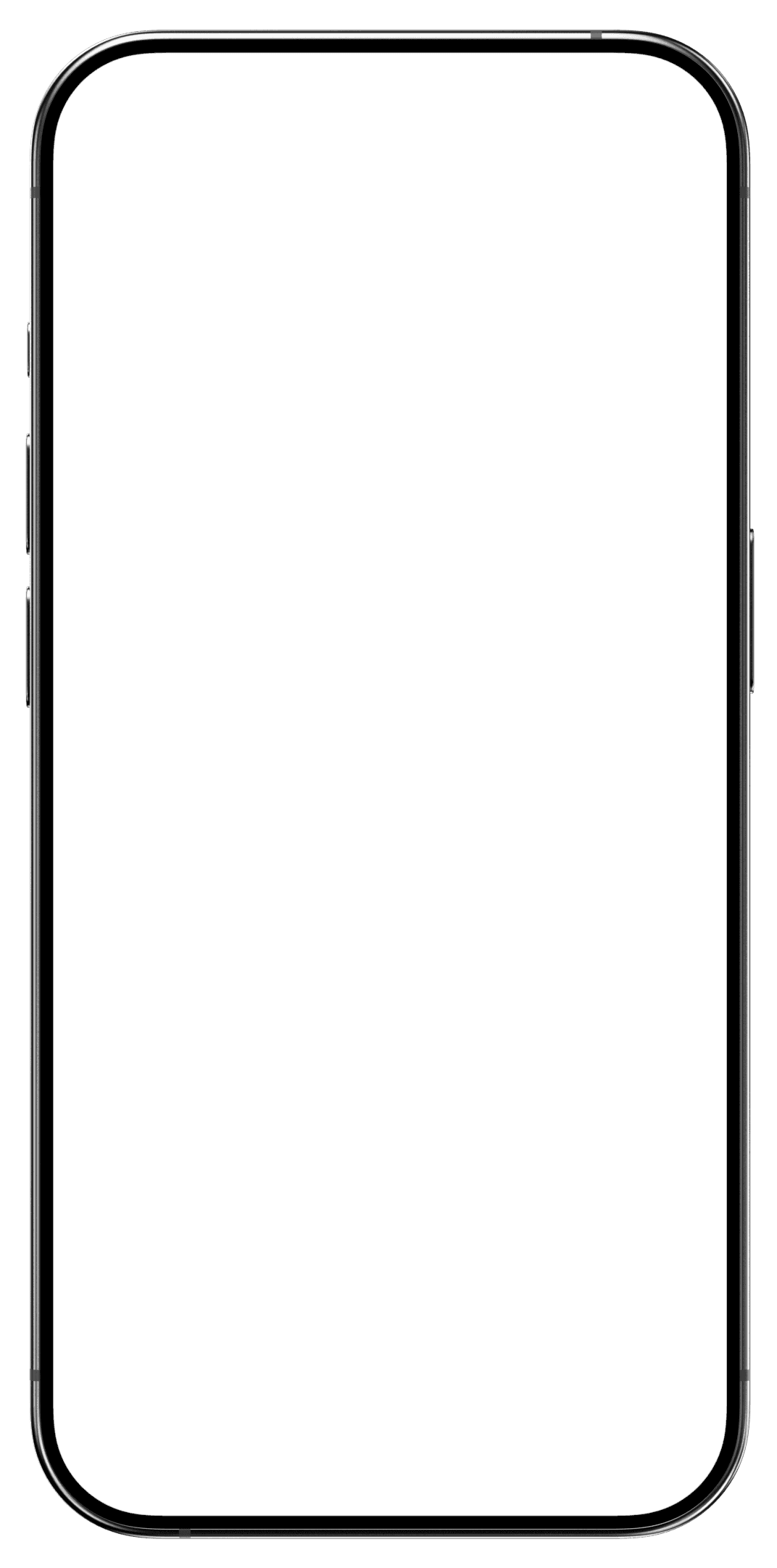
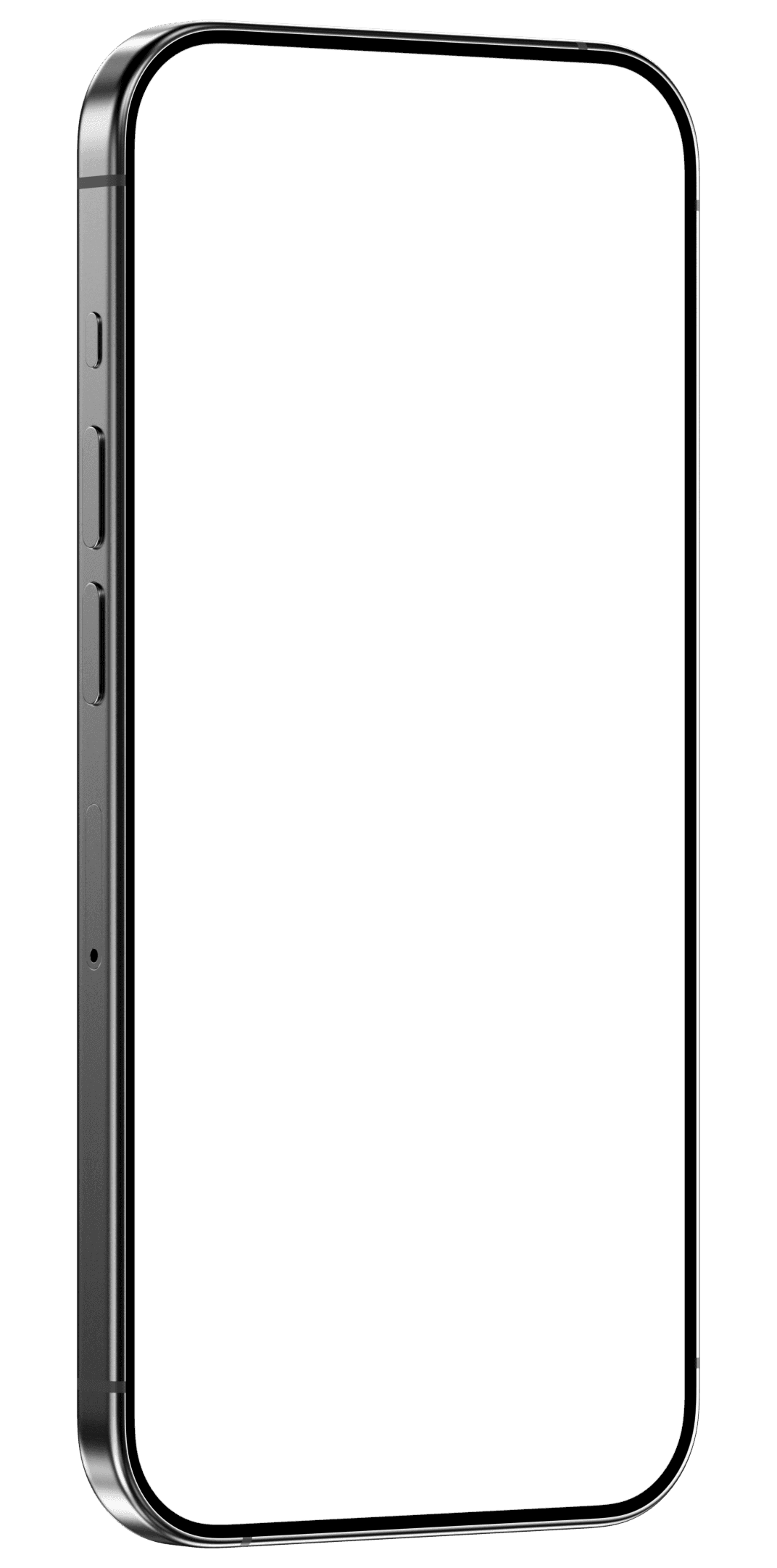
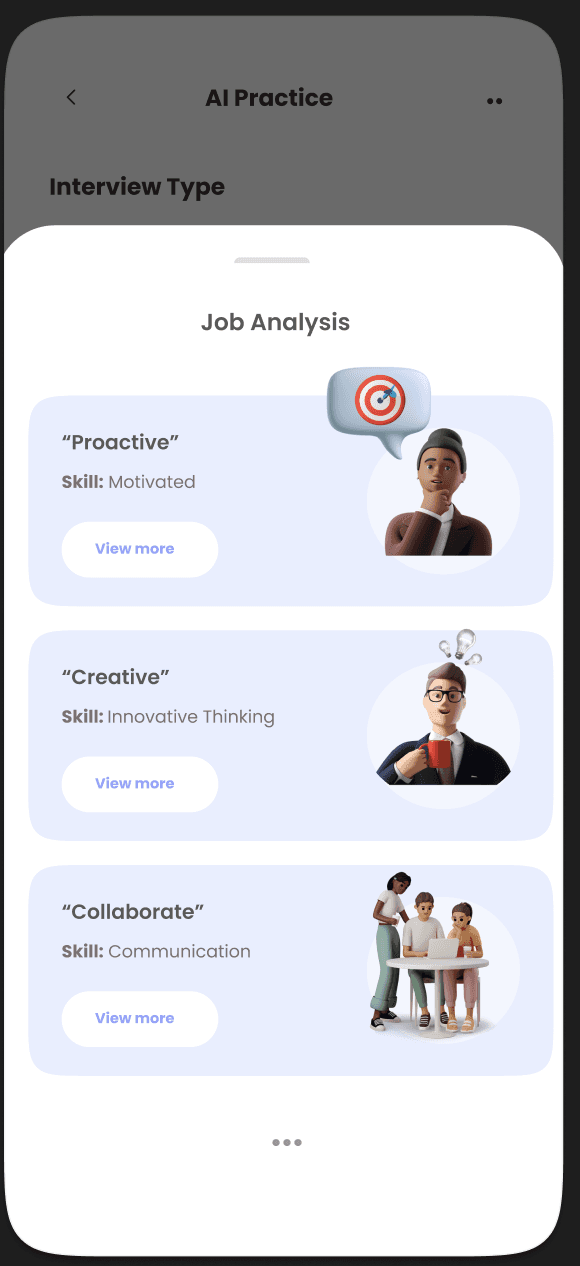
Track your progress
See how you have made progress weekly
Practice with AI
Curated tailored practice with AI

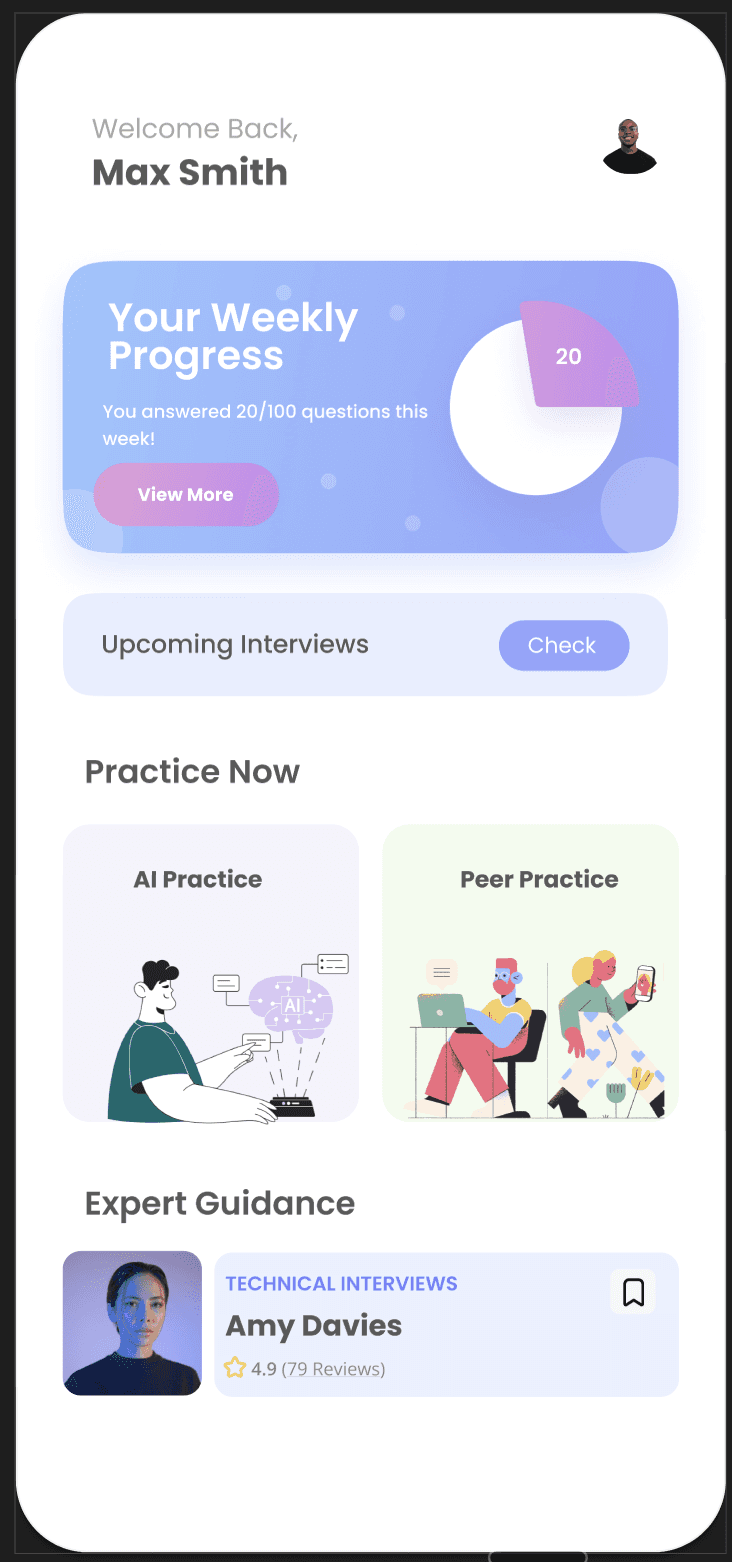
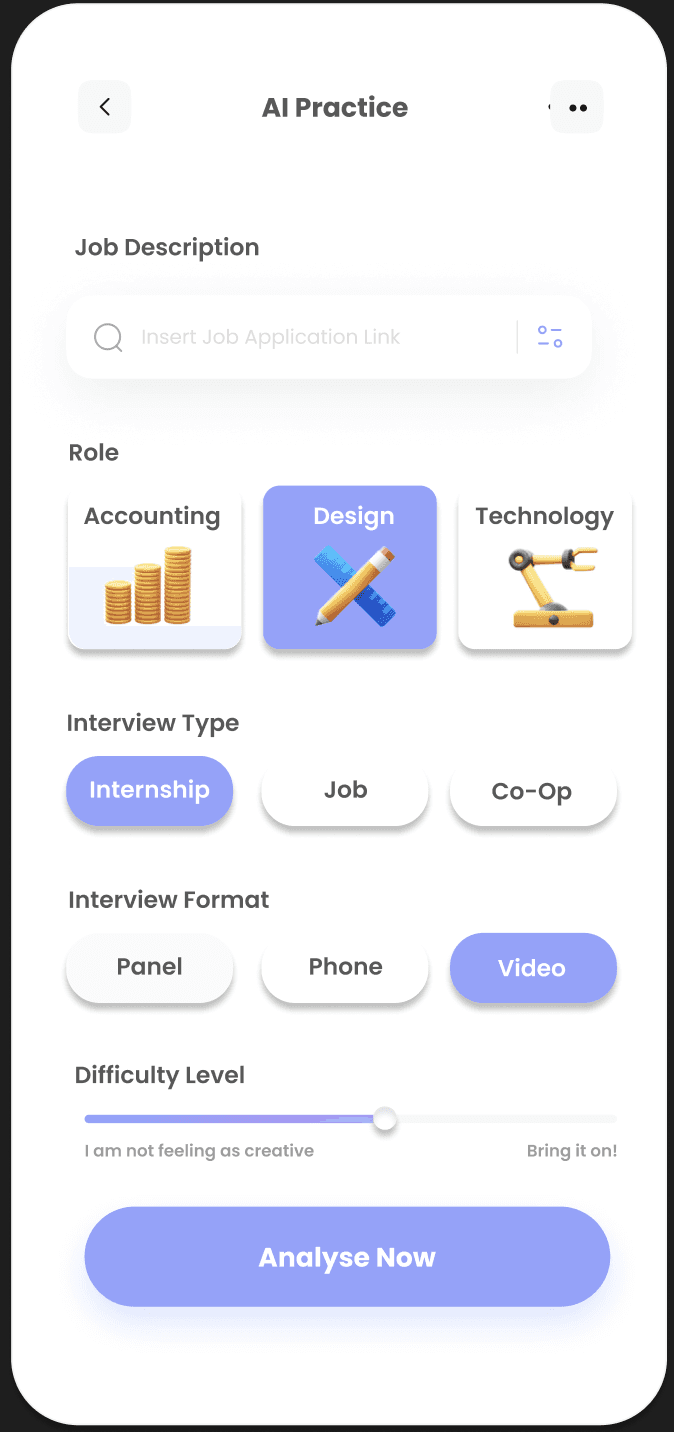
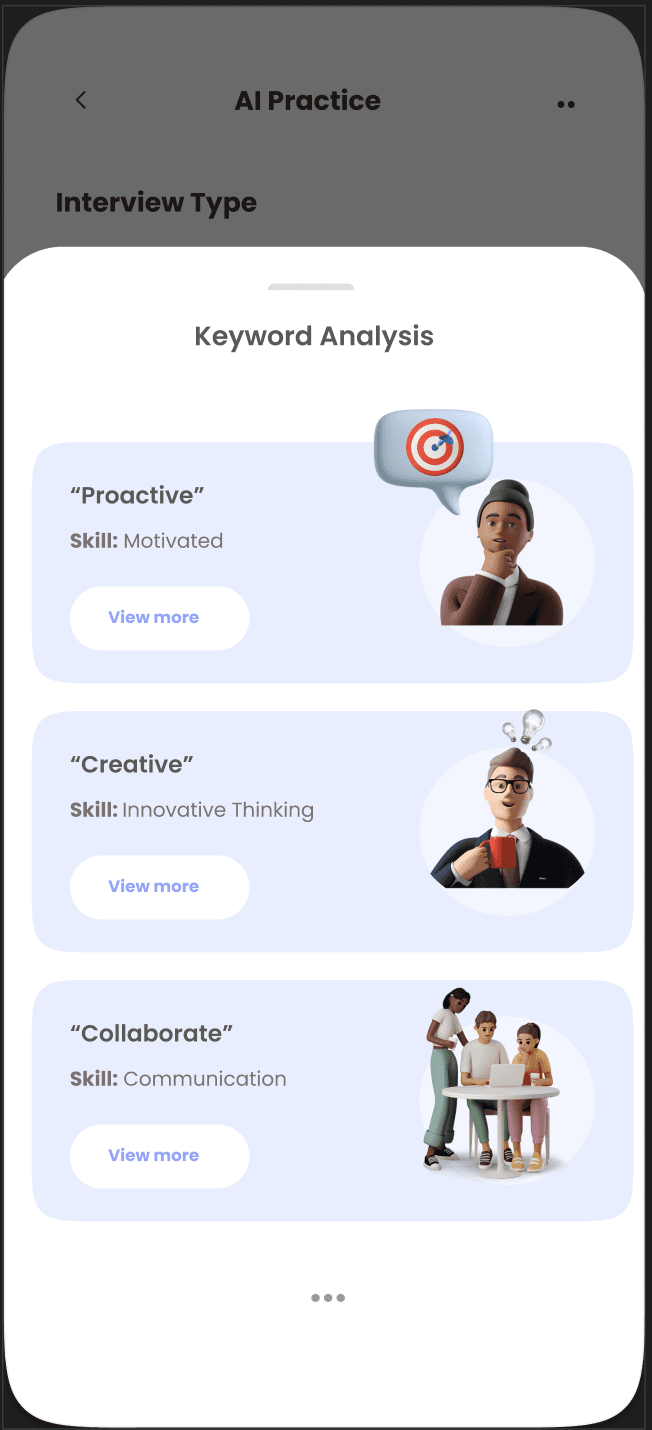
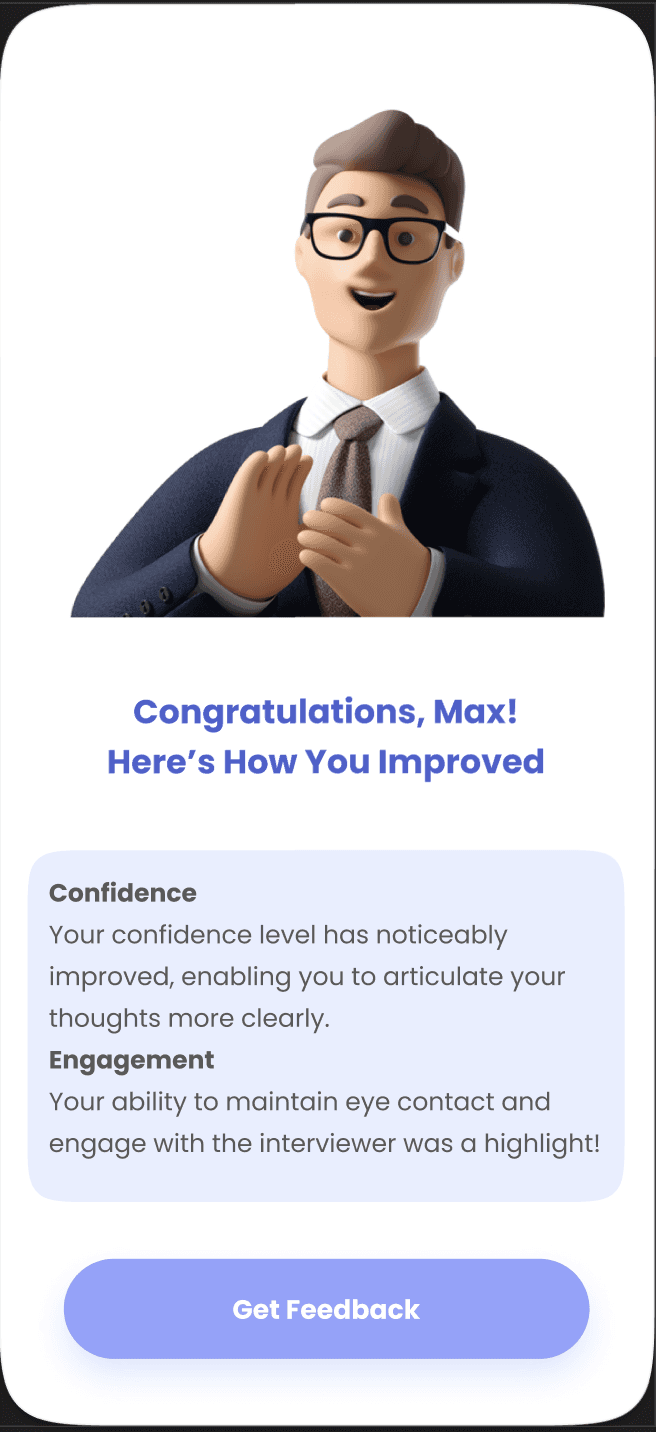
Create your own practice
Select from a range of interview roles, types, format and difficulty level
Keyword Analysis
Get a list of keywords the job requires and tailor your answers accordingly
See how you have improved
Get an instant analysis of how you have improved or get deeper with the feedback
Calender
Track your upcoming interviews
Collaborative Learning
Practice with your peers or experts
Prepare Smarter, Not Harder
Personalize your AI by adding your experiences and goals

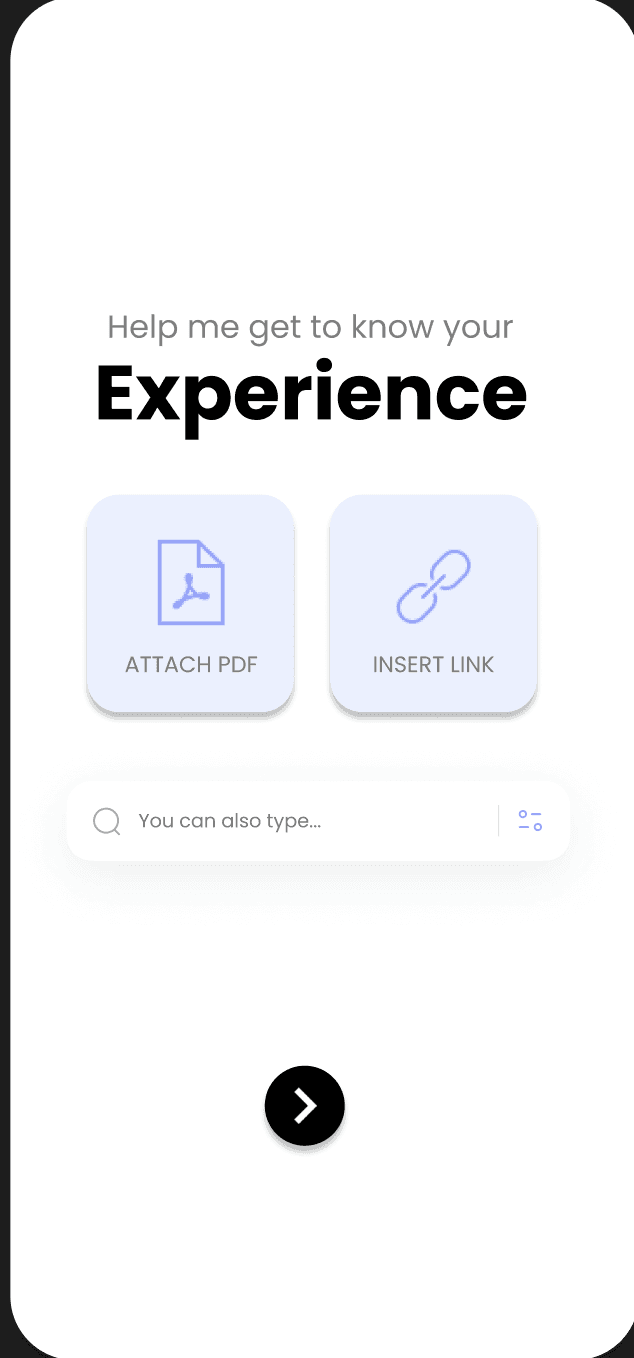

Input Your Resume
Attach PDF, Insert link or type your experience

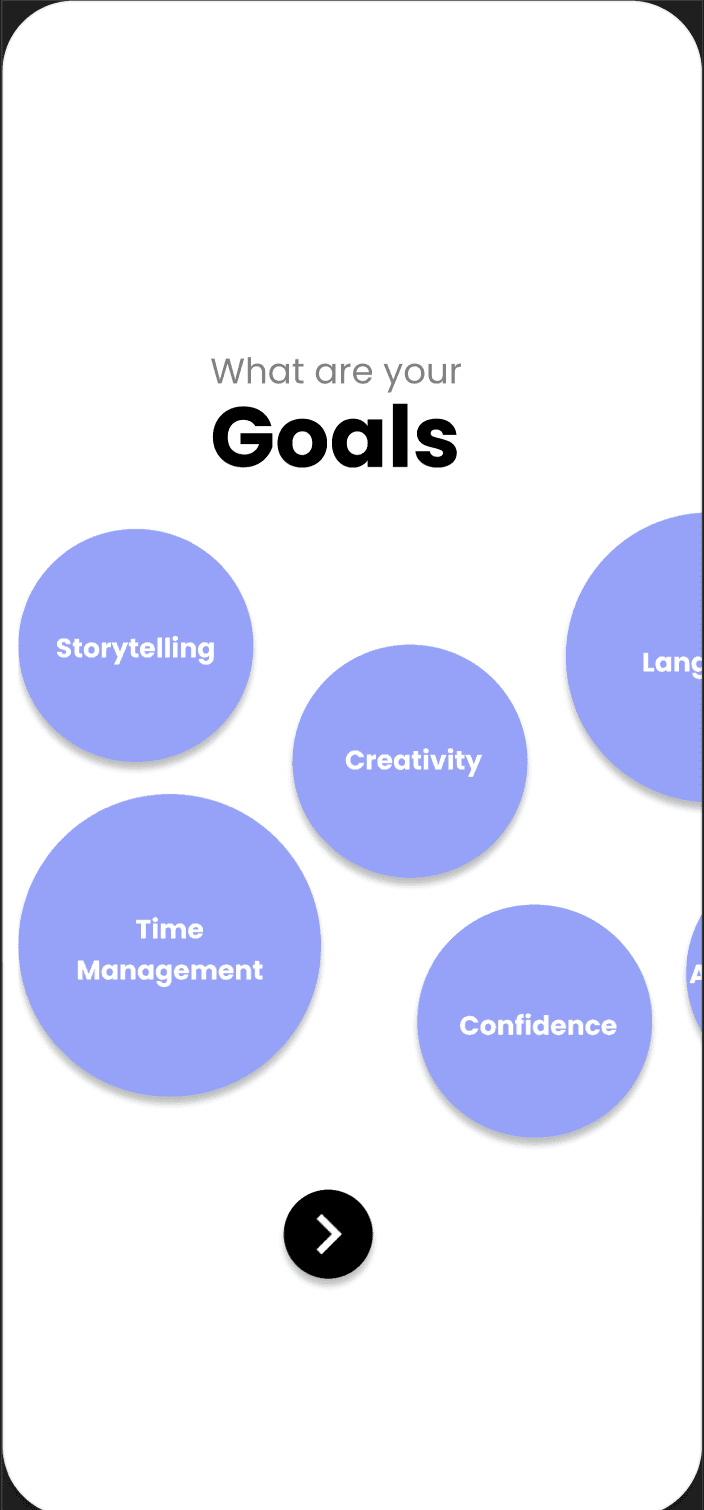
Set your Goals
Your first impression is your last impression
Pick your role
Select the type of role you want to interview for
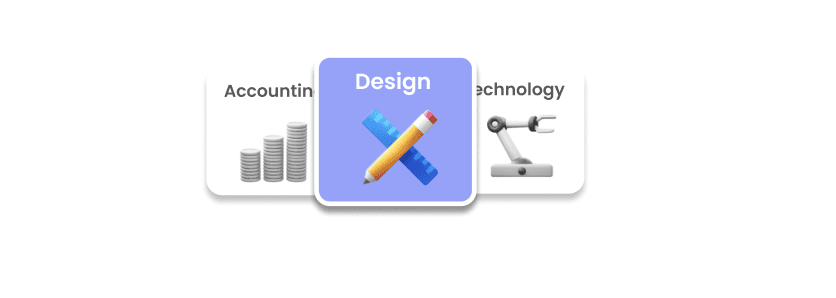
Pick how you want to practice
Enable collaboration with your peers or practice with AI
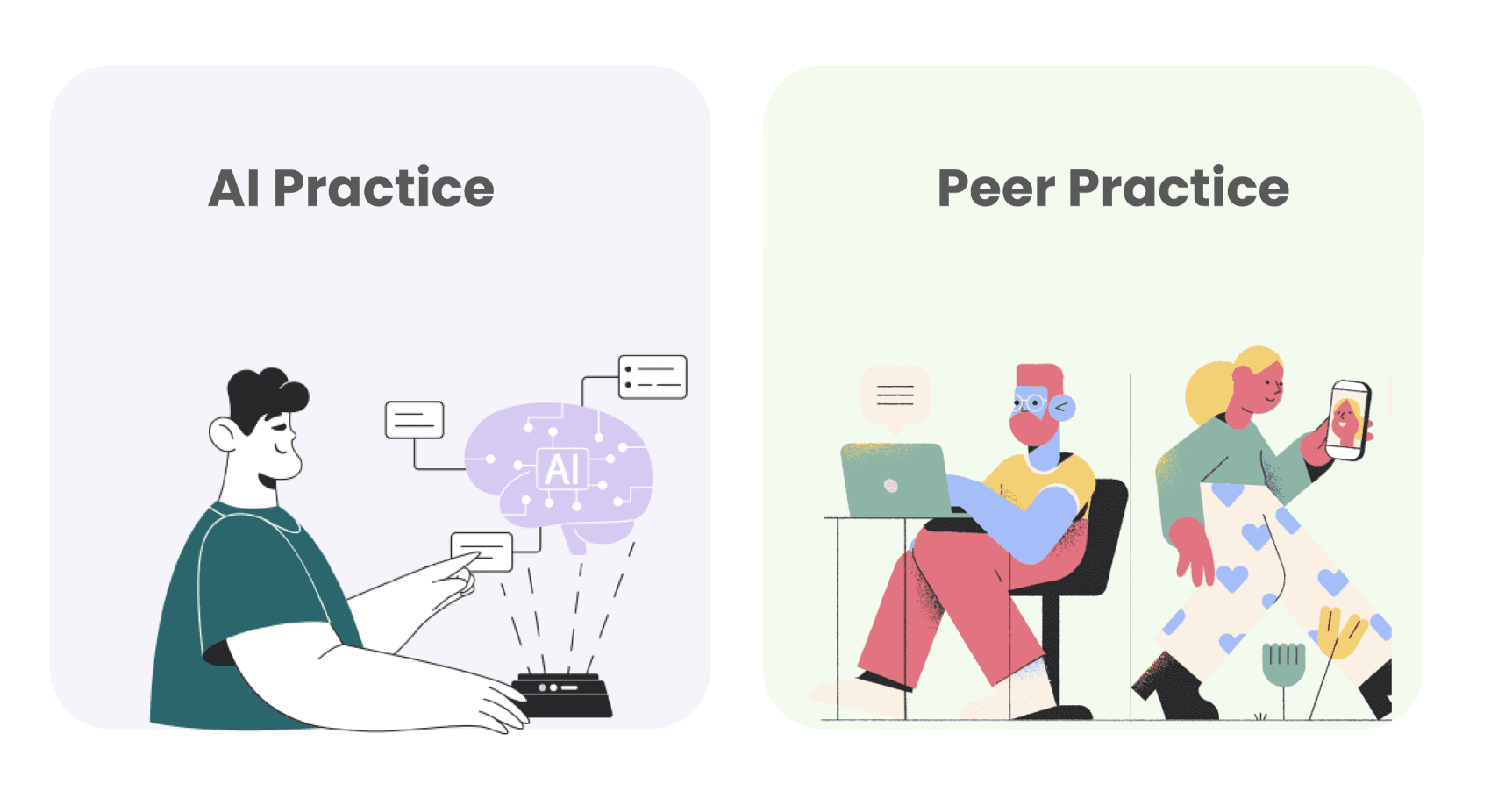
Stay on track with your progress
Set and track your progess goals
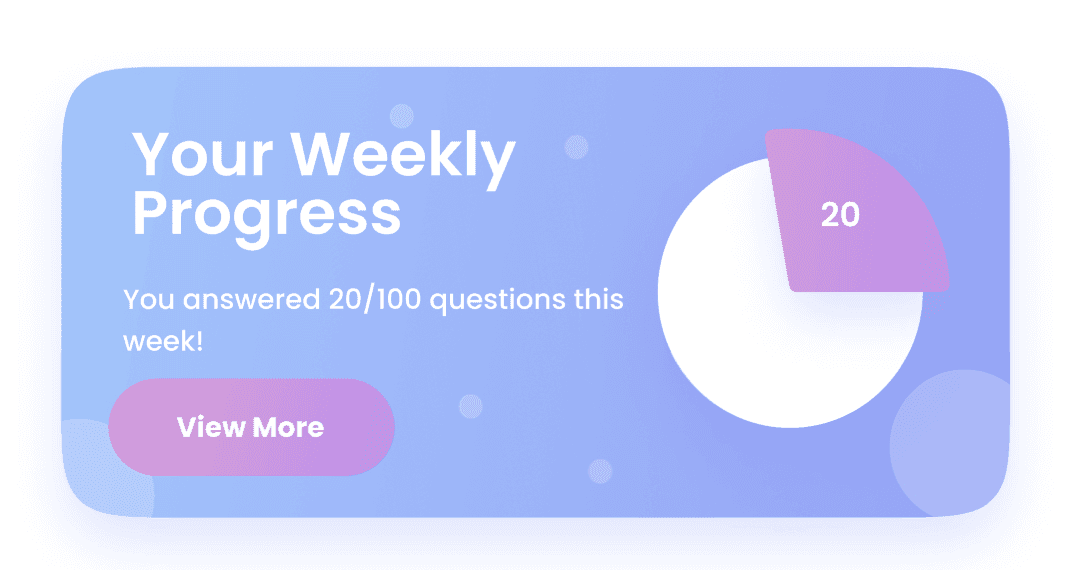
Get instant feedback after the mock interview
Continue practicing and get instant feedback on yout goals

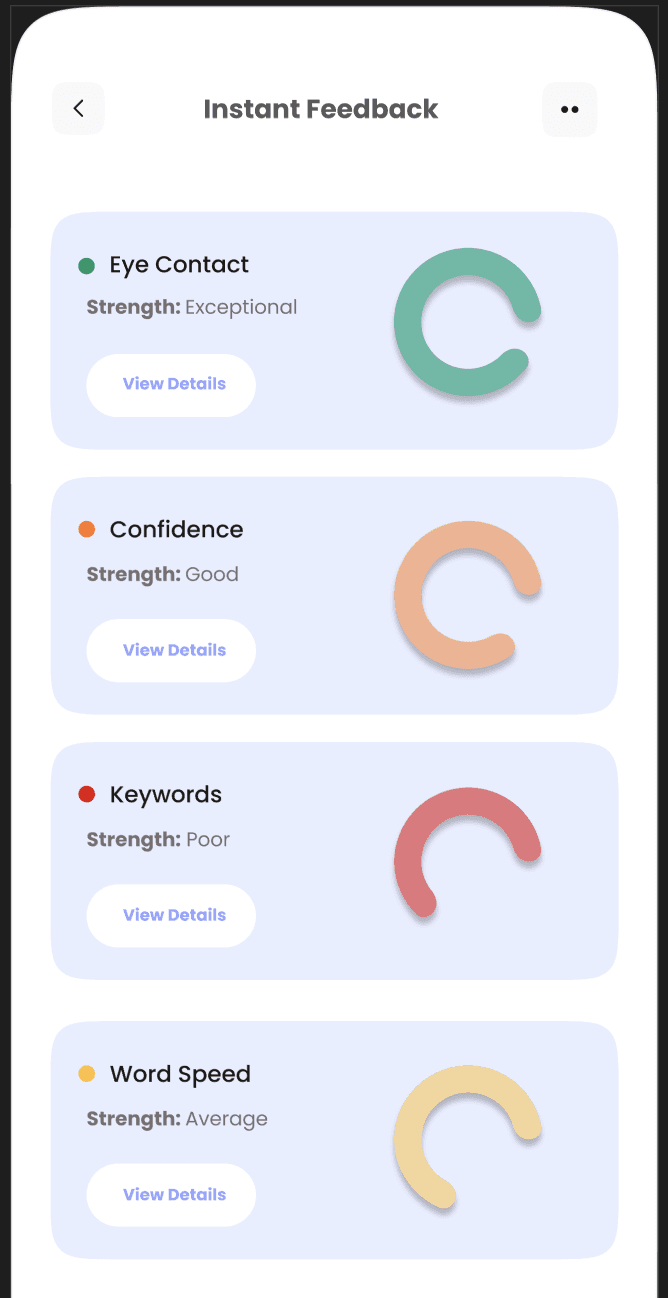
PROBLEM
Inaccessible non verbal cues lead to awkward interview dynamics
67%
Recruiters reject candidates after one round because of poor grammar
Source: Jobspin
77%
Recruiters reject candidates for not making proper eye contact
Source: Careerbuilder
39.3%
Candidates leave a bad impression due to their overall confidence level
Source: Jobspin
INITIAL ASSUMPTION AND FIRST RESEARCH STEP
I started by conducting a survey to see how widespread this issue was. The responses confirmed my assumption - many job seekers struggled with virtual interviews. But I still didn’t fully understand why this happened.
I KNOW THE 'WHAT' BUT 'WHY'?

USER INTERVIEWS TO UNDERSTAND WHY?
Yes, the problem was the nature of virtual interviews but how were people dealing with it? How were they keeping up with the changing nature of hiring process?
1
How many people did I interview?
17 interviews conducted over Zoom and in person
2
Age group
21 - 35 years old
3
Who did I interview?
Students, recent graduates, mid level professionals, senior professionals
AFFINITY MAPPING - WHAT DID I FIND?
I found out that people were using mock interview platforms but provided generic interview questions and didn’t adapt to the specific job a candidate was applying for. Without targeted feedback, job seekers were practicing blindly - leading to underwhelming performance in actual interviews.
I KNOW THE 'WHY' NOW

IS THIS TRUE?
To validate this finding, I analyzed existing interview prep platforms. Each had strengths, but they also had significant gaps.
04
Competitor Platforms
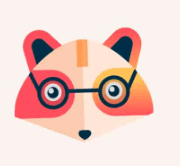
Huru

Big Interview
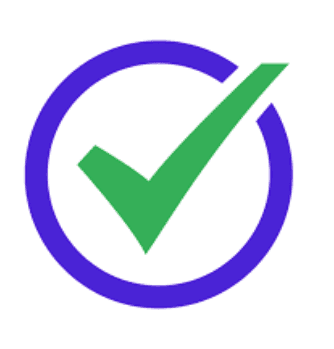
Pramp
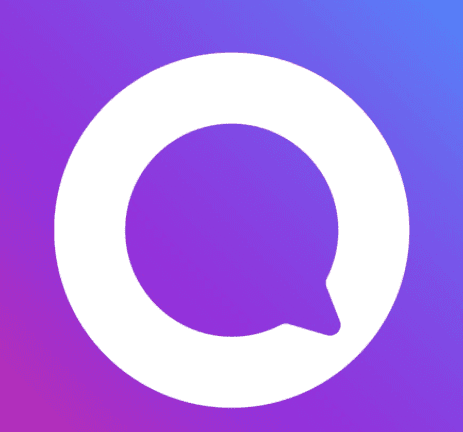
Virtual Speech (VR Practice)
03
Major Gaps
Scope limited to generalized roles (think: software developer) but don't account for nuanced roles (think: scrum master).
Scope limited to generalised interview types
(full time positions, internships) but not
scholarship, admissions interviews
No personalization based on keyword analysis of the job description and the user's resume which led to generic interview questions like: 'Why this company?'
OPPRTUNITY
Where can I create value?
User Needs
To build rapport with the interviewee with
But, currently
But they are unaware of the kind of an impression they are making due to generic feedback
So, lets
Make interview preparation less anxiety provoking for job seekers
IF THE USERS SPOKE
REDEFINING THE CHALLENGE
How might we empower job seekers to confidently approach online interviews by giving them tailored mock interview experience?
THE HIGH LEVEL GOALS THAT DEFINED MY DESIGN
1. Change the mental model from one with stress and anxiety
2. Expand the vision to onward where the user is confidently able to tell their own story
IDEATION
What are the core objectives of my solution?

BRAINSTORMING SOLUTIONS
Initial Exploration
AR, VR or Mobile App. AR/VR woild offer immersive interview experience
But
AR/VR would introduce more complications like steeper learning curve and hurt daily usability
Core Outcomes
Our target users and their core outcomes - confidence and skill enhancement
Final Solution
Outcomes could be delivered with a straightforward mobile solution without the added complexity
EXPLORING AI
I initially hesitated to consider Aritifical Intelligence as a solution due to its inherent limitations and biases - an AI is only as good as it's trained. I wanted to mindfully integrate its capabilities to Augment Intelligence for several compelling reasons. I wanted to amplify human potential rather than replace it. To avoid over reliance, I also wanted to ensure that human oversight and creativity remain central to decision making. The motivations for it were as follows -
1
How could I get real time feedback?
On speech patterns, tone, body language
2
How could I make sense of the user's resume?
Extract user's experiences from the resume and provide suggestions on how to tailor the answers to the role specifications done through keyword analysis
3
How could I lead an outcome that allows for
Effective story telling skills, interpersonal skills and highly personalized answers to the questions
MEASURING IMPACT - CONCEPT TESTING
1
WHAT DID I WANT TO EVALUATE?
Would candidates feel more confident after receiving AI-based guidance on eye contact, tone, and speech clarity?
Would job seekers be open to using AI-driven interview prep as part of their routine, or would they find it unnecessary or intimidating?
2
WHAT DID I FIND?
75% said they would feel more confident going into an actual interview if they had access to personalized, real-time insights.
68% of users said they would use AI-driven feedback regularly, but they still wanted the option to practice with real people.
3
WHAT DID I DO WITH THIS INFORMATION?
This insight led me to introduce a peer-practice mode where users could collaborate with others in addition to AI-led sessions.
DEFINING THE NECESSARY FEATURES
INITIAL IDEATION TESTING - COGNITIVE WALKTHROUGH
1
What did I test and how?
Created low-fi prototypes to test the flow, using cognitive walkthroughs.

Issue
Too many screens before the user could actually start the interview
Users didn't know where to look at the progress quickly
Design Decision
Move Progress Dashboard on the home screen
Remove Bottom Navigation to reduce cognitive load and focus on key tasks, without presenting too many options

Design Decision
Group similar tasks together

FINAL PROTOTYPE ITERATION
1
Usability Test Iteration
I iterated on the designs again after getting feedback from the usability tests. One of the iterations I made was the following

LEARNING OUTCOMES
1
Perfection is the enemy of good
Making mistakes and fixing them taught me more than if everything had gone right the first time. It's better to make something good and keep making it better than to wait around trying to make it perfect
2
What is good design?
It depends. I questioned my process so many times and even after the completion it didnt feel complete. What made me feel like it was good stopping point was - what was my research question? Did I make the problem disappear? NO. Did I provide a tool to deal with the problem better? YES. Is the solution complete? NO. There's so many things I could do to develop this into a 1% better tool, and I liked staying with this growth opportunity.
Copyright 2024 by Priyanvada Darshankar

